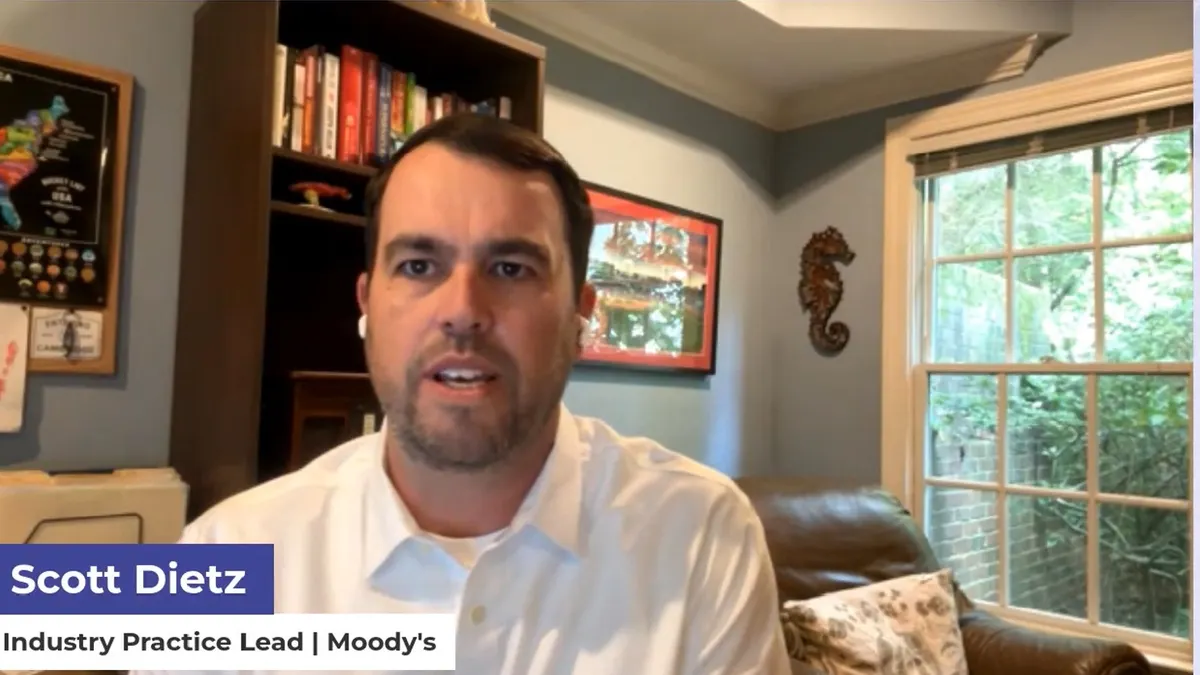Navigating corporate finance as a CFO means constantly seeking optimization. While supply chain and operational costs get attention, pharmacy benefits—a growing expense—often go unnoticed. With rising healthcare costs, it's time to bring financial focus to this critical area.
This guide will explore pharmacy benefits as a key area for strategic cost control. We will break down why these costs are soaring, introduce the role of a pharmacy benefits optimizer (PBO) and outline how you can partner with your HR leadership to drive meaningful financial results.
The Escalating Challenge of Pharmacy Spend
Pharmacy’s share of your employee health benefits has more than doubled in the last two decades, now accounting for 24% of your total plan spend1. Current trends will continue to push those costs far beyond what’s sustainable.
GLP-1s
A major factor is the rising use and cost of GLP-1 drugs, initially for diabetes but now used for weight management. Already a $38B market, some estimate GLP-1s could drive up employee premiums by fourteen percent.3,4
High-Cost Specialty Drugs
Specialty drugs treat complex conditions such as cancer and autoimmune diseases. Though used by just 1-2% of members, they account for over half of your drug spend, with some costing hundreds of thousands of dollars per member annually. This imbalance and the risk of future catastrophic pharmacy claims pose the biggest challenge to pharmacy plans.
Inefficient Plan Management
As a CFO overseeing self-funded pharmacy benefits, relying on traditional PBMs could cost your company more than you realize. The standard PBM model is riddled with opacity and misaligned incentives—complex contracts, spread pricing and rebate schemes often hide the true cost of medications. This lack of transparency makes it nearly impossible to ensure you're maximizing the value of your benefits investment.
Moving Beyond Traditional PBMs
While PBMs play a critical role in administering pharmacy benefits, they often fall short in delivering the control and transparency CFOs need. That’s where a pharmacy benefits optimizer (PBO) comes in—overseeing your plan, alongside your PBM, to provide strategic guidance, cost control and tailored solutions that truly align with your business goals.
Every employer has unique priorities—some focus on cost containment, while others emphasize comprehensive benefits with minimal disruption. A PBO bridges this gap, empowering you and your benefits advisors to design plans that balance cost efficiency with employee satisfaction, ensuring your pharmacy benefits work for your business—not against it.
The PBO Difference: Transparency and Alignment
PBOs typically operate on a fee-for-service basis, eliminating the conflicts of interest inherent in the traditional PBM model. Their objective is to save you money and minimize disruption.
Key functions of a PBO:
- Contract Optimization: A PBO audits your PBM contract to ensure favorable terms, competitive pricing and full pass-through of all manufacturer rebates.
- Clinical Management Programs: PBOs implement data-driven programs, including careful utilization management, to ensure medications are dispensed appropriately.
- Data Analytics and Reporting: A PBO provides clear, actionable insights from your own utilization data that allow you to assess risk, course-correct plans mid-cycle and more accurately forecast future needs.
Even a 10-15% cost reduction can translate into hundreds of thousands of dollars in savings, flowing straight to your bottom line. By treating your pharmacy benefits as a strategic financial asset, you unlock a powerful lever for improving profitability and enterprise value.
What You Can Do Now: Partner with Your Benefits Leader
As CFO, you bring a unique and essential financial perspective. Your expertise in analytics, forecasting and ROI is precisely what is needed to transform your company's approach to pharmacy benefits.
The next step is to initiate a conversation with your chief human resources officer (CHRO) or benefits leader. They manage the day-to-day administration of your health plan, but they need your insight to elevate the strategy.
Setting New Expectations
Together with your HR counterpart, engage your benefits advisor with a new set of expectations. Move the conversation beyond simple plan renewals and toward strategic financial management.
Ask targeted questions:
- How are you helping us mitigate the financial risk of high-cost specialty drugs?
- Can you provide a transparent, line-by-line analysis of our current PBM contract?
- What is our strategy for maximizing rebates and ensuring 100% are passed back to us?
- Have you evaluated a pharmacy benefits optimizer (PBO) to supplement our current PBM relationship?
With these questions, you signal a shift in focus. You are moving from a passive recipient of healthcare costs to an active manager of a significant expense.
Take Control of Your Healthcare Spend
Managing rising healthcare costs requires the same financial discipline you apply to every other part of your business. Pharmacy benefits, a major and often overlooked cost center, represents a significant savings opportunity. By understanding the cost drivers and exploring innovative solutions like a PBO, you’ll be ready to take decisive action and optimize your benefits for today and tomorrow.
Sources
- ‘Daunting’ healthcare costs exceed employer projections and could hit employees, analysts say | HR Dive
- The Use of Medicines in the U.S. 2024: Usage and Spending Trends and Outlook to 2028 - IQVIA
- GLP-1 Agonists Market to Show Impressive Growth at a CAGR of 10.8% During the Forecast Period (2025-2034) | DelveInsight
- GLP-1 Drugs Could Raise Employer Health Premiums | Blue Cross Blue Shield










